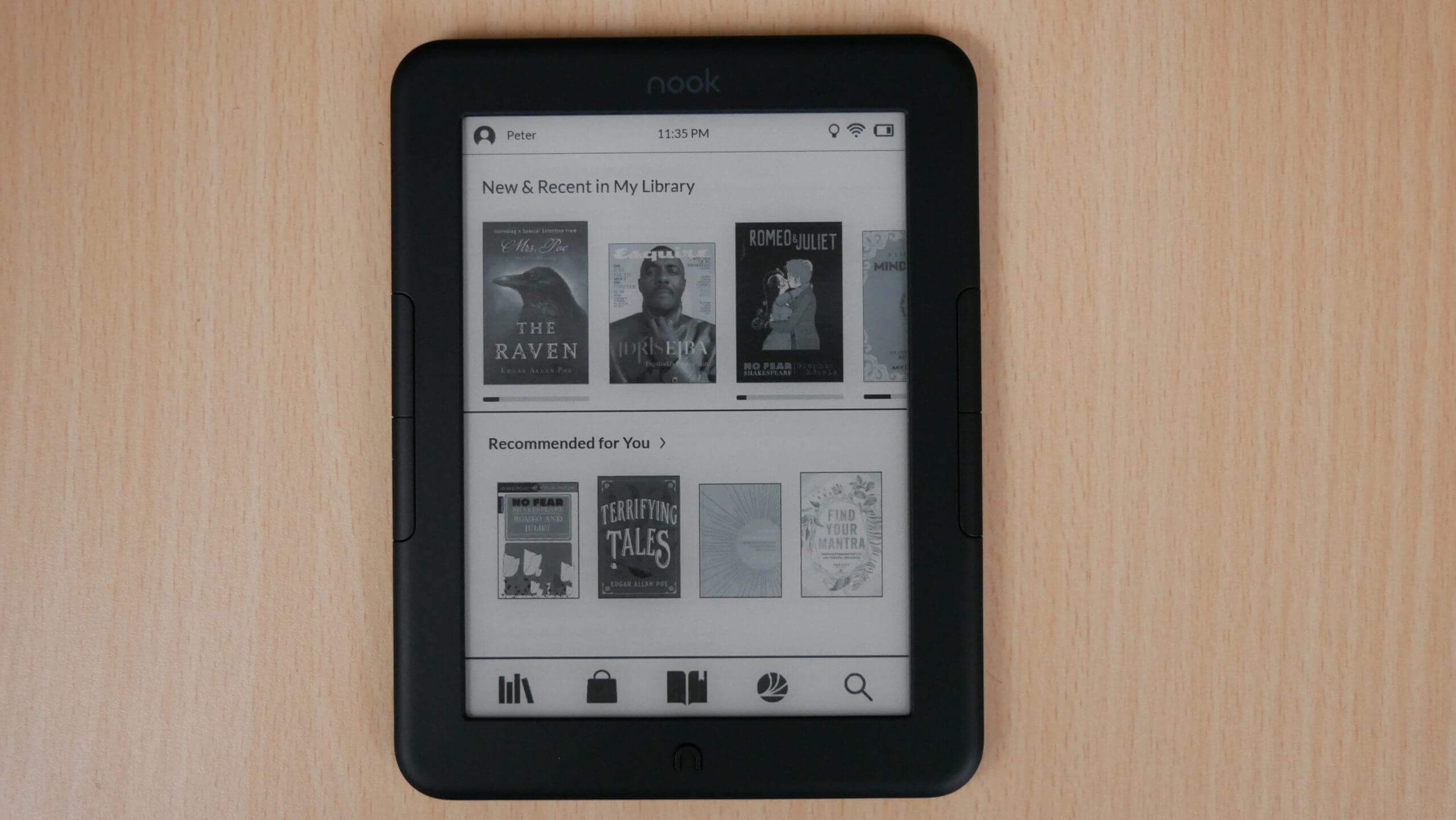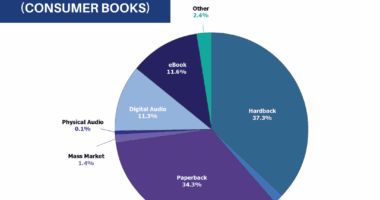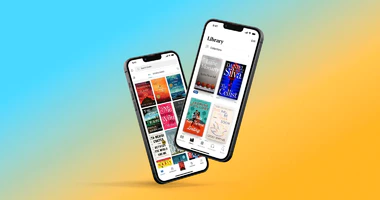The emergence of e-books and e-reader devices had led many to believe it could be the beginning of the end of books as we have known them so far. After all, e-books offer several advantages over print books, prime among them being easy accessibility, built-in dictionaries, TTS support, etc. Also, with a suitable e-reader or other devices, you can have almost an entire library of books at your fingertips at all times. Lugging around that many print books would be a logistics nightmare, to say the least.
However, while these benefits initially hinted at the demise of traditional print books, those have not only endured but also experienced a resurgence. The tactile pleasure of flipping through physical pages and the charm of a well-stocked bookshelf continues to captivate readers, proving that both formats can coexist harmoniously in the diverse landscape of literary consumption.
In fact, in a surprising turn of events, the American Booksellers Association (ABA) reports a flourishing trend in the independent bookstore scene, challenging the notion that digital is poised to overshadow print, the website Fee Stories reported. Over the past nine years, ABA’s membership, representing independent bookstores, has been on a steady incline, signaling a renaissance for brick-and-mortar literary havens. Sales at these bookstores have mirrored this growth, boasting a 5 percent increase since 2017.
Contrary to predictions of a digital takeover, hardback, and paperback book sales have experienced a collective surge of 6.2 and 2.2 percent, respectively, across the 2,400 bookstores scattered nationwide. The resilience of print becomes even more apparent when comparing these figures to the 3.9 percent decline in e-book sales this year alone.
During the first nine months of 2018, both paperback and hardback books contributed nearly $4 billion to the publishing and independent bookstore industry. In stark contrast, e-book sales lagged at $770.9 million. This financial landscape underscores a clear preference for the tangible allure of physical books over their digital counterparts.
However, while small independent bookstores are thriving, large corporate chains like Barnes & Noble are facing challenges, with several closures and potential sale on the horizon. The immersive experience offered by mega bookstores, combining reading spaces with socializing over coffee, appears to have become financially unsustainable over time. In contrast, small bookstores benefit from lower overhead costs, allowing them to operate more efficiently.
As these smaller establishments flourish in a market that challenges large corporate bookstores, there is a noticeable shift towards a decentralized shopping approach. The internet’s accessibility has transformed how people learn, with a preference for customized experiences over conglomerate offerings. The resurgence of neighborhood bookstores reflects this trend, emphasizing a more intimate and simplified book-shopping experience.
As such, what seems amply clear is that the market has spoken definitively, emphasizing the enduring value of traditional print in a world enamored with digital advancements. The competition between print and digital formats has not only revitalized the independent bookstore industry but has also rekindled a love for the tactile experience of flipping through the pages of a real book. This unexpected twist in the narrative reminds us that, sometimes, the classics endure because of, not in spite of, the march of progress.
With a keen interest in tech, I make it a point to keep myself updated on the latest developments in technology and gadgets. That includes smartphones or tablet devices but stretches to even AI and self-driven automobiles, the latter being my latest fad. Besides writing, I like watching videos, reading, listening to music, or experimenting with different recipes. The motion picture is another aspect that interests me a lot, and I'll likely make a film sometime in the future.





